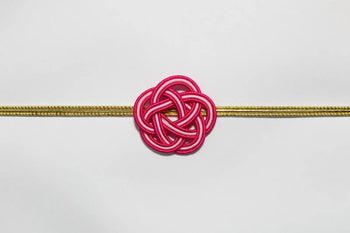

A Deep-Dive into Sumo’s Historical Roots
Sumo wrestling traces its origins back to ancient Shinto rituals. Originally performed in Shinto shrines, it was a sacred ceremony intended to entertain deities and ensure bountiful harvests. During the Edo Period (1603-1867), sumo transformed from a ritualistic dance to a structured sport embraced by the samurai class, providing a platform for displaying martial skills.
By the late 19th century, sumo had evolved into a professional sport with established rules and tournaments. Today, it remains a celebrated tradition with tournaments held throughout the year, drawing fans from around the globe.
Unraveling the Rituals and Rules of Sumo
Sumo is renowned not only for its physicality but also for its rich ceremonial elements. Before each match, wrestlers perform purification rituals that include rinsing their mouths with "power water," wiping faces with "power paper," clapping hands, and throwing salt to purify the ring. These practices connect sumo to its spiritual roots, infusing matches with solemnity and cultural significance.
In the sumo ring, or dohyo, two wrestlers clad in traditional mawashi face off. The objective is to push the opponent out of the ring or force them to touch the ground with anything other than their feet. Matches are short but intense, showcasing a blend of strength, technique, and strategy.
The Life of a Sumo Wrestler
Iconic Arenas & the Thrill of Tournaments
Sumo's grandeur is best experienced in its iconic arenas, particularly the Ryogoku Kokugikan in Tokyo. These venues host the six annual sumo tournaments, each lasting 15 days and offering wrestlers the chance to compete for the prestigious Emperor's Cup.
The 2024 Grand Sumo Tournament promises thrilling matches and potential upsets, with emerging talents ready to challenge established champions. Watching sumo in person is a culturally rich experience, where spectators can immerse themselves in the vibrant atmosphere and witness the sport's traditions firsthand.
Women in Sumo and Cultural Impact
The Future of Sumo Wrestling
Sumo faces challenges in modernizing while preserving its core traditions. Engaging younger fans, expanding globally, and addressing gender inclusivity are pivotal for its future. By balancing tradition with innovation, sumo can continue to be a cherished cultural spectacle and global phenomenon.
Sumo wrestling is more than just a sport; it's a living embodiment of Japanese culture and history. Its timeless appeal lies in its ability to transcend eras, captivating people with its blend of tradition, athleticism, and spiritual resonance.



